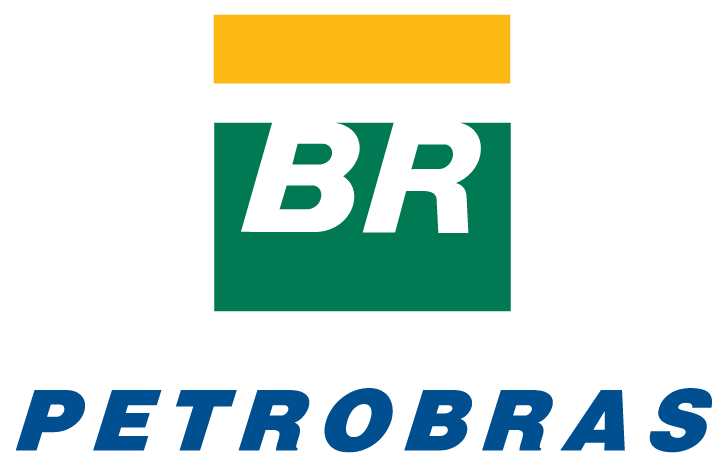Research projects
Paleoceanography of Brazilian Equatorial Margin (BEM)
This project
will apply paleomagnetic, micropaleontological, mineralogical
and chemical analyses on carbonate sediments, in order to
perform detailed paleocenaographic reconstructions of the
evolution of the Brazilian Equatorial Margin (BEM) for the
Eocene-Oligocene period and compare this results with the
modern oceanographic setting. 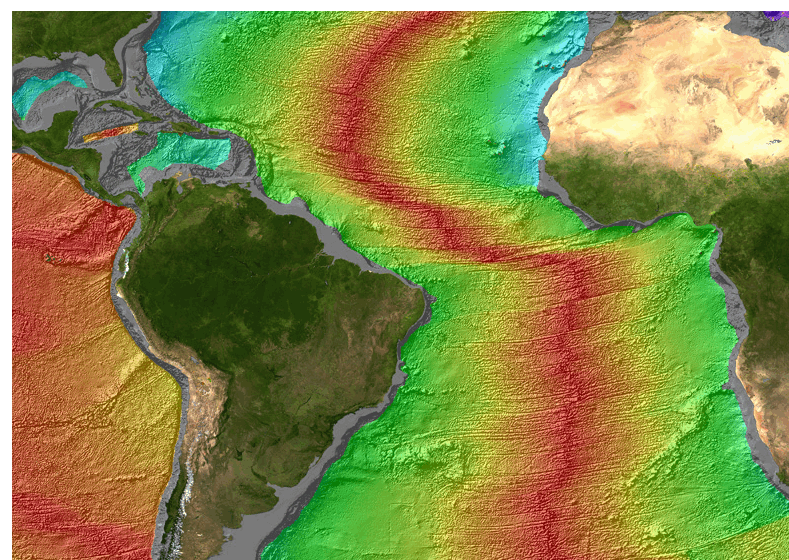 The
Eocene-Oligocene is a key period in Earth’s climate history
and the period that occurred the major climatic changes in the
Cenozoic, like the glaciation of Antarctica. High-resolution
rockmagnetic properties, microfossils and minerals
associations, and isotopes records will beobtained from the
BEM and compared with several data indifferent part of the
world in order to obtain and examine high-quality, continuous
stratigraphic records of magnetic properties, microfossils,
minerals and isotopes from targeted time intervals to better
understand (1) how ocean circulation and carbon cycle behaved
during warmer climates, and (2) how physical and biological
systems responded to elevated and varying levels of
atmospheric CO2.
The
Eocene-Oligocene is a key period in Earth’s climate history
and the period that occurred the major climatic changes in the
Cenozoic, like the glaciation of Antarctica. High-resolution
rockmagnetic properties, microfossils and minerals
associations, and isotopes records will beobtained from the
BEM and compared with several data indifferent part of the
world in order to obtain and examine high-quality, continuous
stratigraphic records of magnetic properties, microfossils,
minerals and isotopes from targeted time intervals to better
understand (1) how ocean circulation and carbon cycle behaved
during warmer climates, and (2) how physical and biological
systems responded to elevated and varying levels of
atmospheric CO2.
CAPES Ciencias do Mar. 2014 - Recent
PI - Luigi Jovane; Participants: Francisco Hilario
Bezerra - Helenice Vital -
Candido Moura.
Primary productivity in
oceans studying magnetotactic bacteria in sediments
Primary
productivity in oceans is related to the amount of carbon and
organic matter,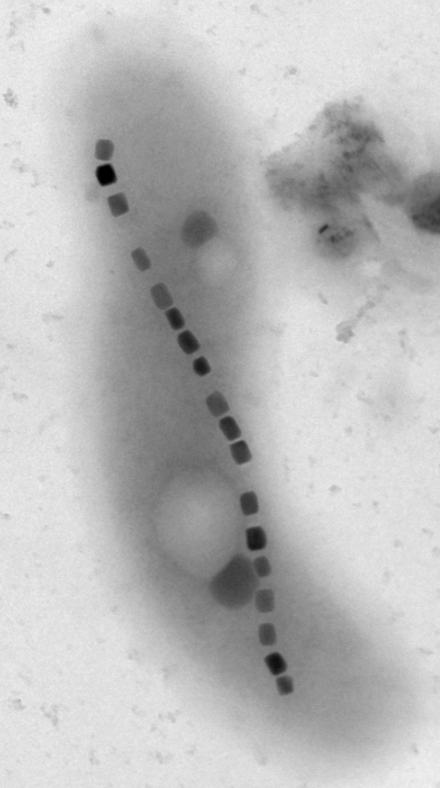
which depends from a series of factors that spans from
temperature, nutrients availability, ocean circulation,
oxic-anoxic conditions, amount of CO2, fresh water and
atmospheric changes. For those reasons defining the primary
productivity conditions allows to understand climate changes,
pollution distribution, ocean acidification, response to
tectonic events, run-off variations, faster carbon cycle along
time and how the ocean system respond to those environmental
variations. The complexity of the carbon cycle along
geological periods enhances the solution to understand future
climate changes. Magnetotactic bacteria are prokaryotes that
are capable to intracellularly biomineralize magnetite of an
ideal single domain size (magnetosomes) for moving along the
optimal oxic-anoxic conditions. However, bacterial magnetite
has only been reported in a few pre-Quaternary records because
progressive burial into anoxic diagenetic environments causes
its dissolution. Nevertheless, the biogeochemical factors that
control magnetotactic bacterial populations in such settings
are not well known.
FAPESP. 2013 - Recent
PI - Luigi Jovane; Participants: Fabio Florindo
- Rodolfo Coccioni -Liao Chang, -Bernard
Housen - Ulysses Lins - Vivian
Pellizari - Frederico Brandini - Heath Mills.
Marine
ferromanganese deposits — a major resource of
E-tech elements (MarineE-tech)
Ferromanganese nodules form on deep sediment
covered basin floors whereas crusts form by direct
precipitation of colloidal hydrated metal oxide from the
water column onto exposed rocky slopes and platforms of
submerged seamounts and guyots. Due to their very large
surface area (of about 325 m2/g) and their very slow growth
rates (mm/Ma) 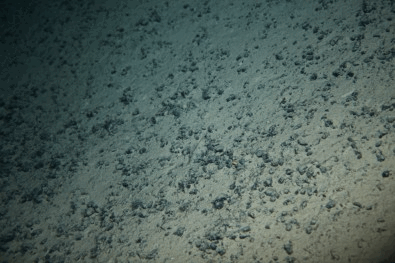 crusts sorb high quantities of base and trace
metals from surrounding seawater. Our proposal engages
stakeholders across the marine resource sector from
oceanographic and geological research to the mining
engineering industry, to the offshore environmental sector
and to intergovernmental bodies and policy makers. This
multidisciplinary consortium is fully inter-linked to
deliver fundamental science around the genesis of seafloor
ferromanganese deposits, explore new low environmental
impact technologies for E-tech element extraction, to assess
the potential ecological impact of resource extraction and
to feed this information back to policy makers, where it can
inform and strengthen the science behind emerging regulatory
frameworks.
crusts sorb high quantities of base and trace
metals from surrounding seawater. Our proposal engages
stakeholders across the marine resource sector from
oceanographic and geological research to the mining
engineering industry, to the offshore environmental sector
and to intergovernmental bodies and policy makers. This
multidisciplinary consortium is fully inter-linked to
deliver fundamental science around the genesis of seafloor
ferromanganese deposits, explore new low environmental
impact technologies for E-tech element extraction, to assess
the potential ecological impact of resource extraction and
to feed this information back to policy makers, where it can
inform and strengthen the science behind emerging regulatory
frameworks.
http://agencia.fapesp.br/projeto_investigara_origens_de_jazidas_de_minerios_no_fundo_do_atlantico/21410/
FAPESP-NERC. 2015 - Recent
PI responsible - Frederico P. Brandini PI: Paulo Sumida,
Alexandre Turra, Ilson Silveira, Vivian Pellizzari;
Participants: Luigi Jovane, Brumley Murton, Jim Hein, Suzan
Muinos, Peter Halbach
The role of the
climatic changes in the dynamic of mangrove
of Fernando de Noronha
Fernando de Noronha
represents the western part f South America 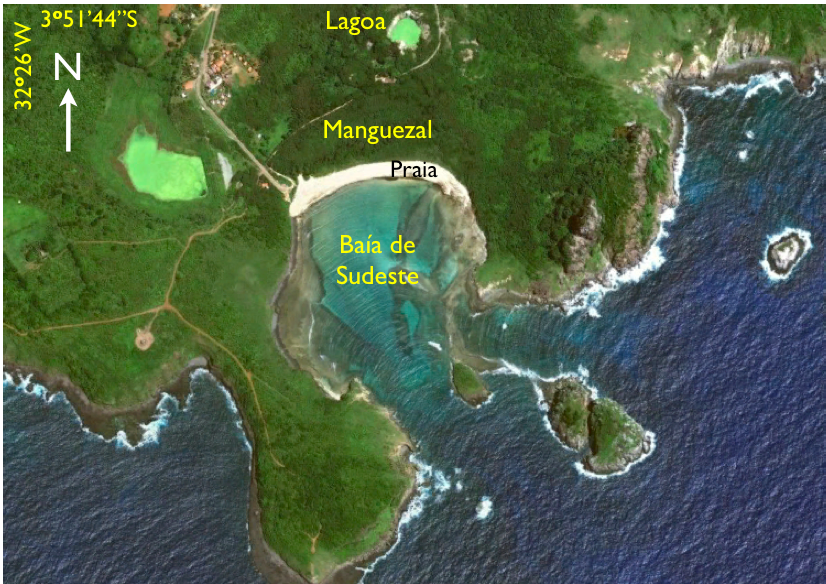 consequently the mangrove of the island
are the western of the Brazilian territories. The mangrove
of Fernando de Noronha provides important information
about climate and sea level changes during the late
Quaternary. This particular environment that developed in
the Baia de Sueste can record sedimentological and
hidrodynamical processes, which produce the unique
conditions for the formation of a mangrove environment.
This particular humid environment is directly related to
various elements: marine sediment, sea-currents, wind,
freshwater discharge, land, biota and finally human
processes. The fact that the area is difficult to access
and the National Park which is part make this area one of
the most preserved of the Fernando de Noronha.
consequently the mangrove of the island
are the western of the Brazilian territories. The mangrove
of Fernando de Noronha provides important information
about climate and sea level changes during the late
Quaternary. This particular environment that developed in
the Baia de Sueste can record sedimentological and
hidrodynamical processes, which produce the unique
conditions for the formation of a mangrove environment.
This particular humid environment is directly related to
various elements: marine sediment, sea-currents, wind,
freshwater discharge, land, biota and finally human
processes. The fact that the area is difficult to access
and the National Park which is part make this area one of
the most preserved of the Fernando de Noronha.
Pesquisa e desenvolvimento em Ilhas Oceanicas - CNPq. 2015
- Recent
Coordenador: Pedro Walfir Martins e Sousa-Filho;
Integrantes: José Tasso Felix Guimarães, Roberto
Dall’Agnol, Prafulla Kumar Sahoo, Everaldo Martins,
DouglasOti, Luigi Jovane, Arnaldo Queiroz da Silva,
Jean-Michel Lafon, Afonso Cesar Rodriguez Nogueira, Nils
Edwin Asp Neto, Marcelo Rollnic, Marcio Souza da Silva,
Afonso Quaresma de Lima
Geodinâmica
de Bacias Sedimentares e implicações para o potencial
exploratório (petróleo, gás natural e água subterrânea)
- NAP GEO-SEDex
The
NAP GEO-SEDex aims to improve applied research (hydrocarbon
and water) and innovation in sedimentary basins, in
lithospheric scale through "knowledge network". NAP Geo-SEDEX
is composed by researchers from: Instituto de Geociência 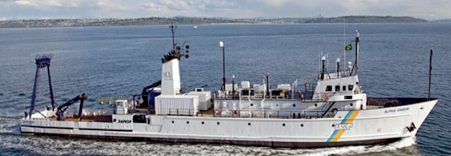 (IGc), Instituto de Geofísica, Astronomia e Ciências
Atmosféricas(IAG), Instituto Oceanografico (IO), Escola de
Artes, Ciências e Humanidades (EACH), Instituto de Energia
e Ambiente and the Instituto Geológico do Estado de São
Paulo and Universidade Federal de São Paulo (UNIFESP).
(IGc), Instituto de Geofísica, Astronomia e Ciências
Atmosféricas(IAG), Instituto Oceanografico (IO), Escola de
Artes, Ciências e Humanidades (EACH), Instituto de Energia
e Ambiente and the Instituto Geológico do Estado de São
Paulo and Universidade Federal de São Paulo (UNIFESP).
http://www.igc.usp.br/index.php?id=555
Nucleo de Apoio a Pesquisa (NAP) USP. 2012 - Recent
PI - Wilson Teixeira; Participants: Luigi Jovane
and others.
Paleomagnetic
and rock magnetic properties of basement and overlying
sediments of IODP Expedition CRISP-2, Costa Rica Leg
344)
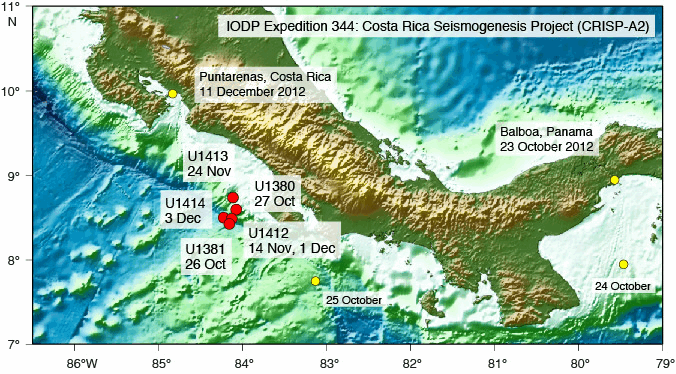 Integrated Ocean
Drilling Program (IODP) Expedition 344 (CRISP-A2
- Costa Rica Seismogenesis Project, Program A
Stage 2) investigated the tectonic and
oceanographic evolution of the pacific erosive
subduction margin west of Costa Rica, in front
of Osa Peninsula. One objective of this
expedition is to establish the course of
volcanic activity in relation to anomalous
subduction zone geometries and to analyze the
impact of these changes on the regional and
local paleoceanographic evolution for the last
~20 Ma. Expedition 344 drilled 5 sites which
complement the 2011 Expedition 334 (CRISP-A1)
that recovered volcaniclastics from the same
area. This project will focus on cores U1412 and
1414 and will require PhD and post-Doc students
as well as IC and Master students.
Integrated Ocean
Drilling Program (IODP) Expedition 344 (CRISP-A2
- Costa Rica Seismogenesis Project, Program A
Stage 2) investigated the tectonic and
oceanographic evolution of the pacific erosive
subduction margin west of Costa Rica, in front
of Osa Peninsula. One objective of this
expedition is to establish the course of
volcanic activity in relation to anomalous
subduction zone geometries and to analyze the
impact of these changes on the regional and
local paleoceanographic evolution for the last
~20 Ma. Expedition 344 drilled 5 sites which
complement the 2011 Expedition 334 (CRISP-A1)
that recovered volcaniclastics from the same
area. This project will focus on cores U1412 and
1414 and will require PhD and post-Doc students
as well as IC and Master students.
http://iodp.tamu.edu/scienceops/expeditions/costa_rica_seismogenesis.html
CAPES. 2012 - recent
PI - Luigi Jovane. Participants: Paola
Vannucchi, Xixi Zhao, Frank Li and Katerina
Petronotis.
The Poggio Le Guaine Core
(Umbria-Marche Basin, Central Italy): A Reference
Section for the Aptian-Albian Interval at Low
Latitudes
The Poggio le Guaine core from the Umbria–MarcheBasin in
central Italy penetrated 98.72 m of pelagic sediments
consisting mainly of limestones, calcareous marls, marls,
clays, and black shales. The cored interval extends from
the Albian-Cenomanian boundary down to the uppermost
Barremian (99.6–126 Ma). The core was completely logged
and continuously drilled with essentially 100% recovery of
excellent quality material. The cored sequence recorded
from OAE1a to OAE1d and regional equivalents of widely
distributed Aptian-Albian oceanic anoxic events. The
Poggio le Guaine core can be considered a 'reference
section' for the Aptian-Albian interval at low latitudes
and is designated to provide high-ranking informative
records for that critical time interval through
high-resolution multiproxy studies.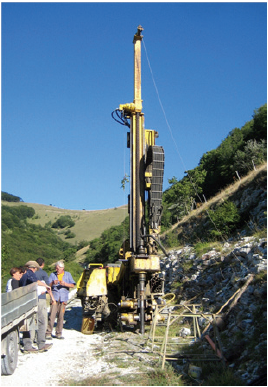
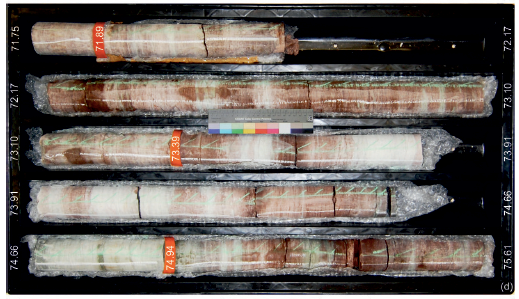
FUSP/Petrobras.
2011 - recent
PI: Ricardo Ivan Ferreira da Trindade;
Participants: Luigi Jovane, Rodolfo Coccioni, Fabrizio
Frontalini, Savian Jairo, Liliane Janikian,
Renato Paes de Almeida.




